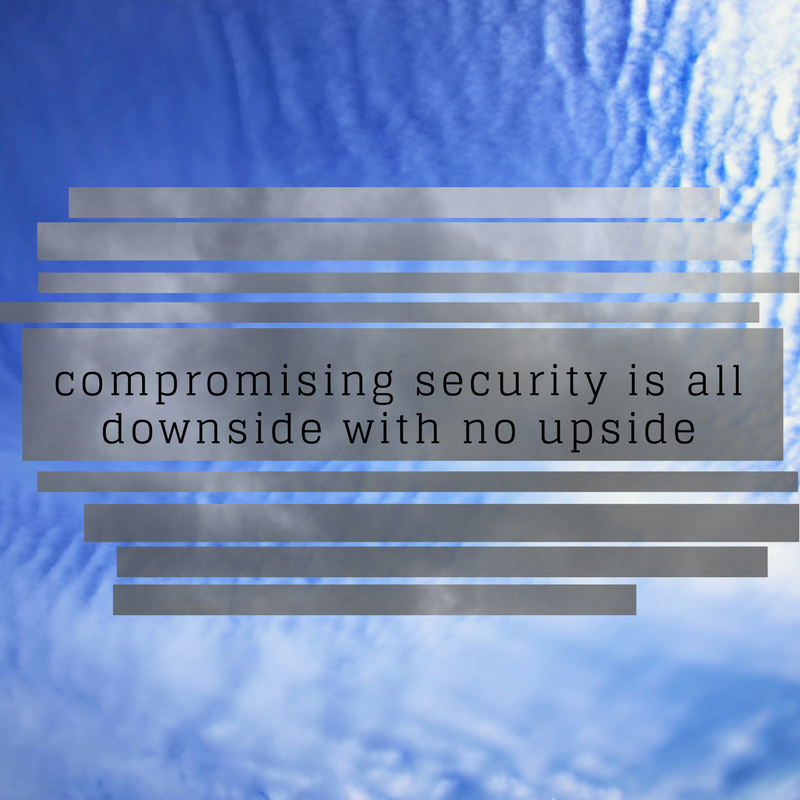I had a call recently from a customer whose upstream supplier informed them that they would not be accepting anything less than TLS 1.2 encryption.…
Comments closedTag: Encryption
One of the PDFDocument features added in Xojo 2022r2 is the ability to encrypt PDF files created with Xojo. Continue reading and I will show you how.
Comments closedXojo 2021 Release 3 has a few improvements to the Crypto module that you might find useful such as SHA3, BlowFish/TwoFish and CRC-32.
Comments closedARC4 is a symmetric encryption algorithm fast and easy to implement. Being symmetric does means that it uses the same function with the same key (varying from 40 to 2048 bits) both for cyphering and de-cyphering a block of data.
Is it the most secure or robust encryption algorithm around? Not really. But it provides a good amount of performance and you can take further steps in order to correct some of its flaws. So, continue reading if you are interested in having this one in your developer toolset implemented as a Class with separate methods to encrypt and decrypt a block of information (even if it uses the same function in both cases).
Comments closedLast month the Australian government suggested they might require tech companies to provide back doors into their systems to help law enforcement use those back doors to catch bad guys. Apple immediately dispatched people to go talk with them about it. Apple’s stance has been that such back doors don’t help catch bad guys and just make the rest of us less secure. Is that really true?
Comments closedIn the blog post Smartphone Encryption is a Red Herring, I pointed out the folly of requiring an encryption back door for the Good Guys to use. So the question arises- “What can be done? If we don’t want a global encryption back door that can be used by anyone, can we still track the Bad Guys?”
The answer is yes. There are plenty of options that don’t require a global back door. I’m not passing judgment on whether these are inherently good or bad options, just that they are available when there is a reason to track a Bad Guy.
Comments closedAs the Founder and CEO of a software company that makes a development tool for mobile platforms, as well as for desktop and web, I have a lot of experience with encryption. The current controversy over encryption is really important to me. During World War II, the Germans created a way of sending encrypted messages to commanders in the field. The device came to be known as an Engima machine. It looked like a typewriter but had an encryption key that changed a message into unreadable noise. That message could only be decoded if you knew the key used to encrypt it. The Allies worked very hard to get their hands on one of these devices so they could learn how it works and be able to decrypt the messages and know what the German military plans. Ultimately the Allies figured it out and it helped them win the war. If this has peaked your curiosity, check out the movie U-571 (a fictional account of the effort to obtain an Enigma machine) and The Imitation Game about the team that figured out the encryption key.

